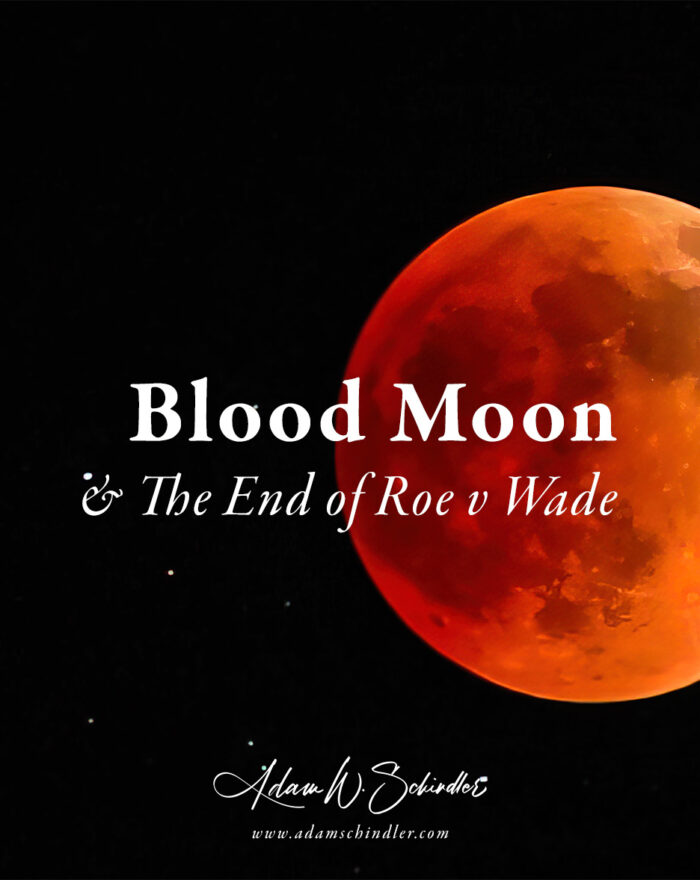In the dialogue on resurrection within the Scriptures, a deep and abiding hope is revealed, contrasting markedly with the despair characteristic of pagan beliefs. The Apostle Paul, in his first letter to the Corinthians, affirms, “Christ was raised on the third day according to the Scriptures” (1 Corinthians 15:4), pointing to a profound biblical tradition that forecasts the Messiah’s victory over death.
Indeed, the Old Testament, though sparingly, begins to unfold this hope. Direct prophetic insights come from such texts as Isaiah 53, where the Suffering Servant, after enduring grave afflictions, is described as seeing light and being satisfied—an allusion to resurrection. Similarly, Daniel 12:2 foretells a time when “many of those who sleep in the dust of the earth shall awake, some to everlasting life.”
The vision of Ezekiel’s valley of dry bones in Ezekiel 37 vividly illustrates resurrection, as the bones reassemble and are clothed with flesh, symbolizing Israel’s national and spiritual revival. Furthermore, Hosea 6:1-2 metaphorically speaks of Israel’s restoration after two days and reviving on the third, paralleling Christ’s resurrection timeline.
These texts, while they do not explicate a doctrinal thesis on afterlife as understood in Christian theology, they do pivot around a central theme: God’s fidelity to His covenant. The Psalms, too, echo this assurance, as in Psalm 16:10 where David confidently states that God will not abandon him to the grave.
The concept of resurrection in the Old Testament, therefore, is less about individual immortality and more about affirming God’s unyielding faithfulness. It promises that even in death, God’s covenant with His people endures, pointing ultimately to the grand narrative of redemption fulfilled in Jesus Christ.
Thus, while the ancient world viewed death as final and all-encompassing, the scriptural texts introduced a revolutionary idea: that death is but a precursor to a new life, affirming the Creator’s ultimate sovereignty over life and death. This theological revolution reshapes the very conception of life and destiny, offering not only hope to the faithful but a redefined understanding of existence beyond the grave, grounded not in human philosophy but in divine promise.
More New Testament Study 2024
More Pause to Pray
Recent Teachings
Reviews for Resurrection According To The Scriptures
© Copyright 2012 – 2024 | Adam W. Schindler | ALL RIGHTS RESERVED




























